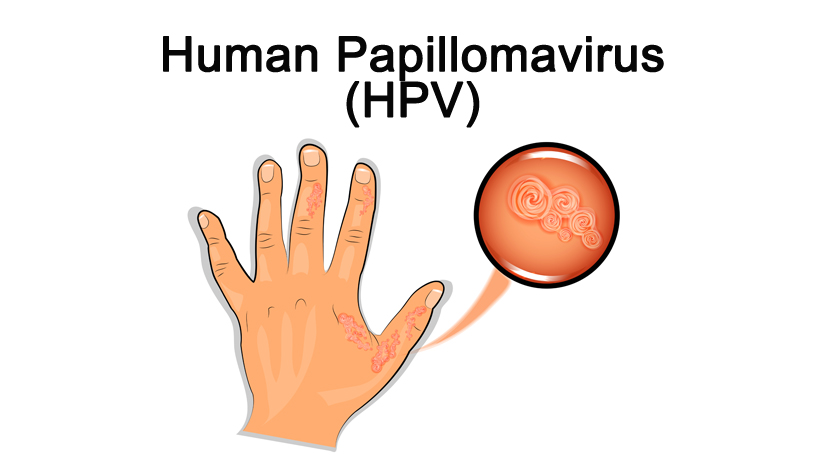Human papillomavirus (HPV) is a viral infection that is sexually transmitted. There is both non-cancerous HPV as well as cancerous HPV, specifically cervical cancer, as it’s the most common one. HPV infections are common in comparison to cervical cancer. But what are the signs and symptoms that show you may have them?
Noncancerous HPV signs
The World Health Organization says some kinds of HPV don’t cause cancer. HPV is common and usually doesn’t persist. However, if the virus remains in the body and isn’t treated for a long period of time, it can then lead to cervical cancer. With a noncancerous HPV, the signs are usually warts. Mayo Clinic discusses a few:
Genital warts: Genital warts are described to be cauliflower-like lesions on the vulva, cervix, or vagina.
Common warts: Common warts are usually bumps on the hands or fingers. These warts tend to be painful and vulnerable to injuries.
Plantar warts: Plantar warts cause discomfort and are described to be hard and grainy. And usually are on the heels of the feet.
Flat warts: Flat warts are lesions a bit darker than your skin and women tend to get them on the legs.
Cervical cancer symptoms
The most common type of HPV cancer is cervical cancer. The World Health Organization explains, with cervical cancer, unfortunately there aren’t any actual symptoms until the cancer has advanced. However, a routine Pap screening helps to check if there are any abnormalities. The national for-profit Cancer Treatment Centers of America discusses some of the symptoms that occur when one has cervical cancer:
Vaginal bleeding: Bleeding in between periods, after sexual intercourse and/or post-menopausal bleeding.
Unusual vaginal discharge: A pink discharge that has a foul smell.
Pelvic pain: Pain during intercourse.
To help avoid any of these symptoms, get a routine Pap screening. The World Health Organization states getting a regular screening can help detect any lesions before the cancer takes hold. Lesions tend to grow over a long period of time so detecting them sooner will help avoid cancer.
Sources:
https://www.who.int/news-room/fact-sheets/detail/human-papillomavirus-(hpv)-and-cervical-cancer
https://www.mayoclinic.org/diseases-conditions/hpv-infection/symptoms-causes/syc-20351596
https://www.cancercenter.com/cervical-cancer/symptoms/



